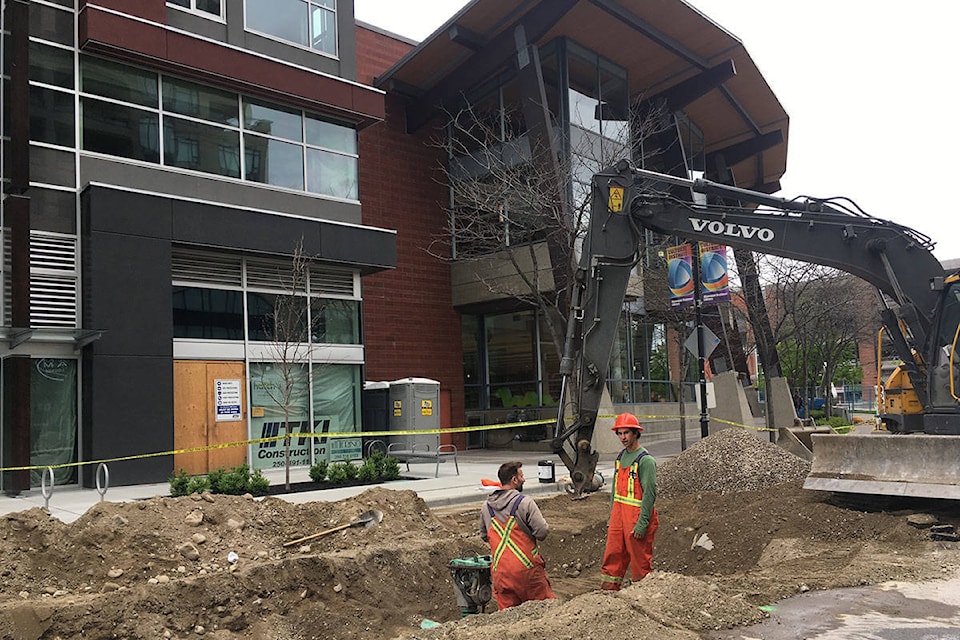The City of Kelowna has updated its 10-year capital plan—and as a result of the changes there are winners and losers.
According to the update, which will go to city council for approval Monday, the plan is based on the best available information at the time of preparation and, as with any capital plan, there are risks that assumptions associated with funding, construction costs, community priorities and legislative requirements may change.
To respond to those changing conditions, the city updates the plan annually to keep it accurate, responsive and practical.
By doing so, the aim is to maximize infrastructure investment in the community where and when it is most needed, says city hall.
The plan was originally presented to council for feedback in June, and staff were told to include the start of construction of the new Glenmore Recreation Park at a cost of $3.3 million as a priority one item starting in 2019. Meanwhile, non-essential items for the park, at a cost of $2.2 million, were relegated to priority 2 status.
In Kelowna’s annual budget, priority 1 items proceed, while priority 2 items have to wait unless council raises them to priority one status.
Other items dropped to priority two status in the new 10-year capital plan include replacing the artificial turf at Mission Recreation Park at a cost of $850,000 and extending the popular Art Walk, which currently runs between the Rotary Centre for the Arts to the Library Parkade downtown, out to Doyle Avenue at a cost of $1.66 million.
A civic plaza is also planned as part of the walkway where it currently ends beside the parkade.
Also in the updated plan is the $900,000 third phase of work to create the new Rowecliffe Community Park behind Central Green. It is being deferred to 2020 from 2019.
The capital plan is based on the city’s 2030 Infrastructure Plan.
Some of the other changes in the capital plan, compared to the Infrastructure Plan include:
• Adding airport capital
• Dealing with less “pay-as-you-go” capital than expected
• Adding a municipal work reserve fund
• Reducing overall investment in infrastructure renewal
• Deferring work on Rutland Centennial Park to 2022 from 2020
• Reducing expansion of the sidewalk program
The city says the changes have to be made because of ongoing challenges such as increasing construction costs, demand for more services in the city, aging infrastructure, the effects of climate change, rapid growth, regulatory and technological changes.
In council’s discussion of the plan Monday, Mayor Colin Basran said it’s clear from the changes—particularly that the city will not see as much revenue generated for infrastructure—that there is an “infrastructure gap” in Kelowna.
“It is real,” said Basran.
The overall cost of the 10-year capital plan will be $1.053 billion, with 51 per cent ($535 million) to deal with growth, 30 per cent ($315 million) to pay for renewing existing infrastructure and 19 per cent ($203 million) to provide new infrastructure.
To report a typo, email:
newstips@kelownacapnews.com.
@KelownaCapNews
newstips@kelownacapnews.com
Like us on Facebook and follow us on Twitter.
